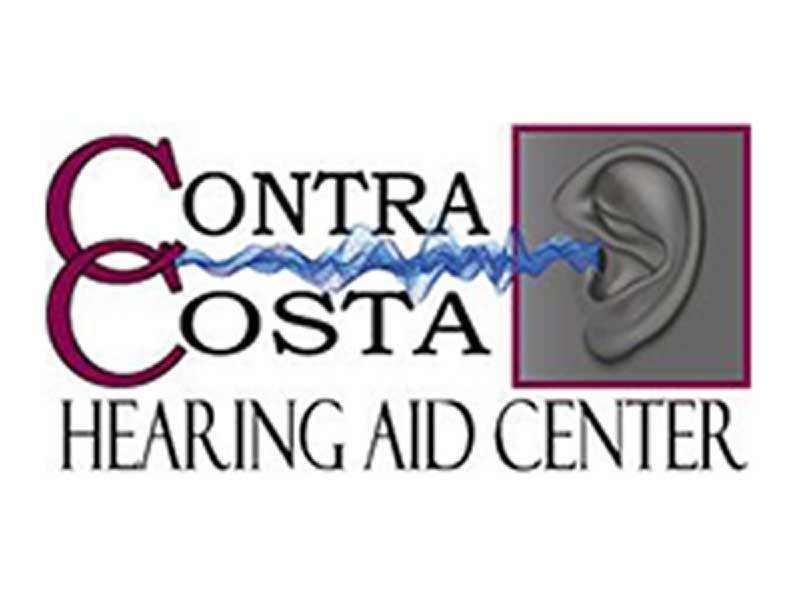A little bit of background and an explanation of how analog devices work vs how digital devices work is essential to understand the distinctions between digital and analog hearing aids. Analog technology appeared first, and as a result most hearing aids were analog until digital signal processing (DSP) was invented, at which point digital hearing aids appeared. The majority of (up to 90%) hearing aids sold in the US at this point are digital, although you can still find analog hearing aids because some people prefer them, and they are often cheaper.
Analog hearing aids handle incoming sounds by taking the electrical sound waves as they emerge from a microphone and amplifying them “as is” before sending the sound waves to the speakers in your ears. On the other hand, digital hearing aids utilize the same sound waves from the microphone, however before amplifying them they turn them into the binary code of “bits and bytes” that all digital devices use. Once the sound is digitized, the micro-chip within the hearing aid can process and manipulate the data in sophisticated ways before converting it back into analog sound and passing it on to your ears.
Remember that analog and digital hearing aids have the same function – they take sounds and amplify them so you can hear them better. Both analog and digital hearing aids can be programmable, which means that they contain microchips which can be modified to adjust sound quality to match the individual user, and to develop various settings for different listening environments. As an example, there can be different settings for quiet rooms like libraries, for busy restaurants, and for outdoor spaces such as sports stadiums.
Digital hearing aids, due to their ability to manipulate the sounds in digital form, often have more features and flexibility, and are often user-configurable. For example, digital hearing aids may offer multiple channels and memories, allowing them to save more environment-specific profiles. Other capabilities of digital hearing aids include the ability to automatically reduce background noise and eliminate feedback or whistling, or the ability to prefer the sound of human voices over other sounds.
Price-wise, most analog hearing aids continue to be less expensive than digital hearing aids, but some reduced-feature digital hearing aids fall into a similar general price range. There is commonly a perceivable difference in sound quality, but the question of whether analog or digital is “better” is up to the individual, and the ways that they are used to hearing sounds.
